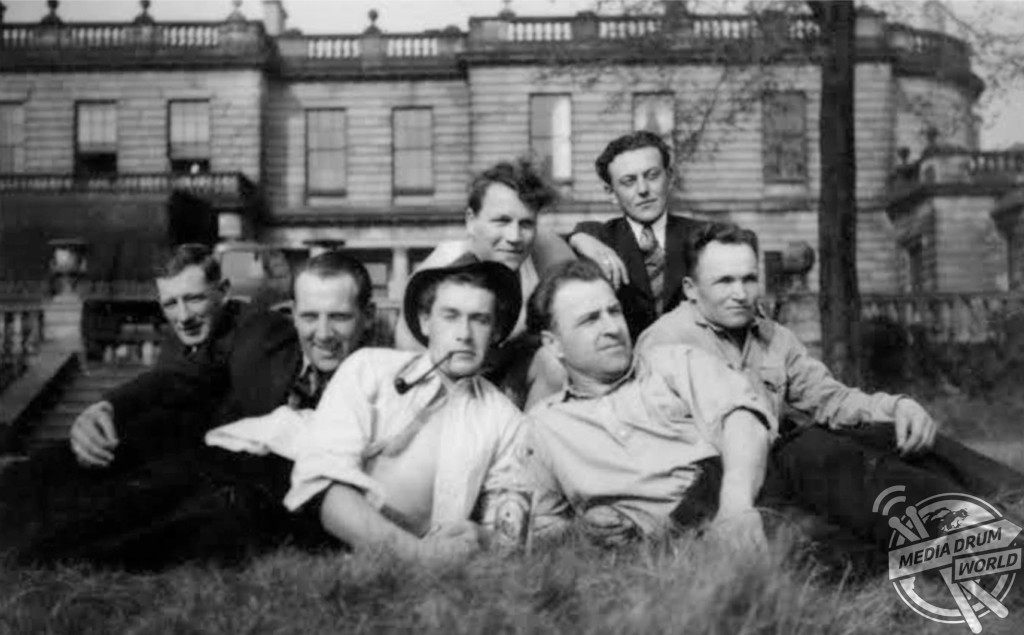
By Mark McConville
THE KEY ROLE Eastern European immigrants played in rebuilding Britain after the Second World War has been revealed in a new book.
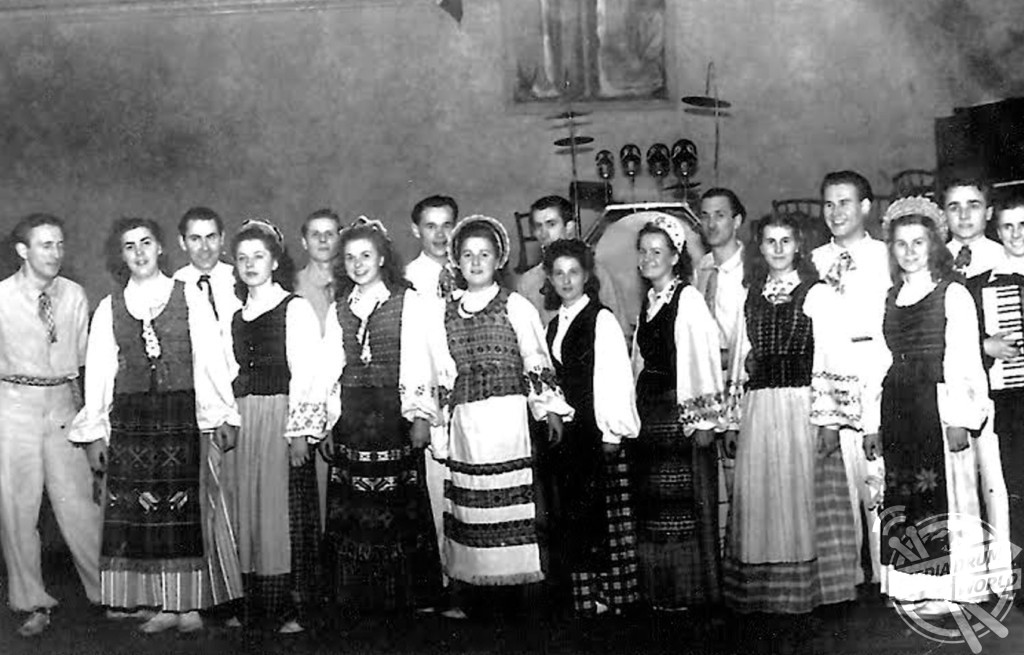
Candid pictures show the Latvian, Lithuanian and Estonian hard at work as they filled a gap in the British workforce to provide labour for essential industries which were struggling with severe manpower shortages after the war.
Other shots show the off-duty workers posing for the camera and celebrating their local culture as they built new communities across Britain.

The revelations are the basis of a new book, Rebuilding Post-War Britain, by Dr Emily Gilbert and published by Pen and Sword.
“The role of white European immigrants in rebuilding Britain after the war is not well known, compared to the subsequent migrations from the commonwealth in the 1950s and 1960s,” she said.
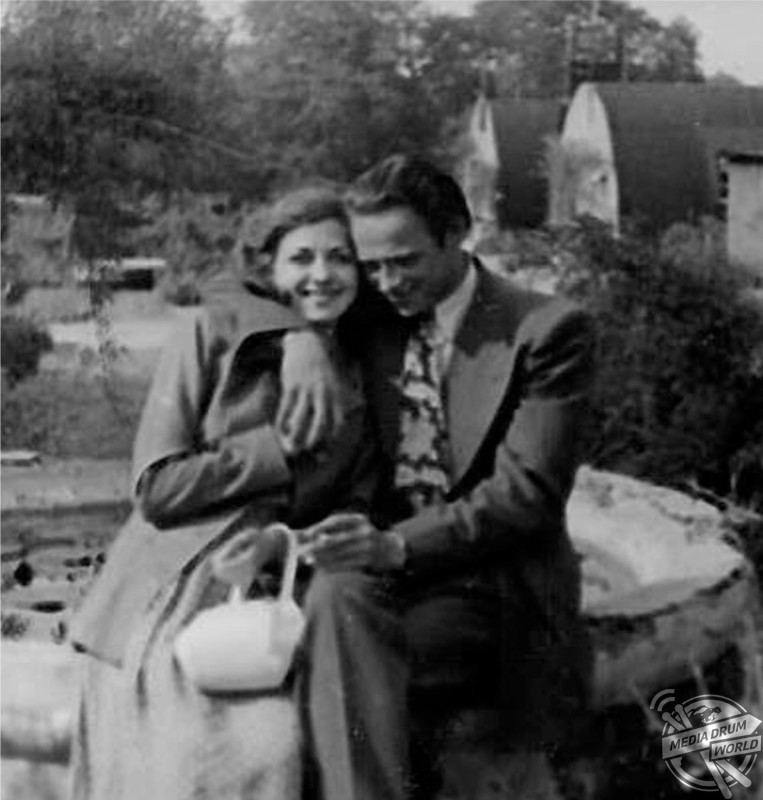
late 1940s. Alexandra Māzers / mediadrumworld.com
“The contribution of Baltic refugees to the post war British economy is a missing piece of the British immigration jigsaw.
“After the war ended, British people wanted the towns and cities of Britain to be rebuilt quickly, they were desperate for rationing to end and for life to return to normal.
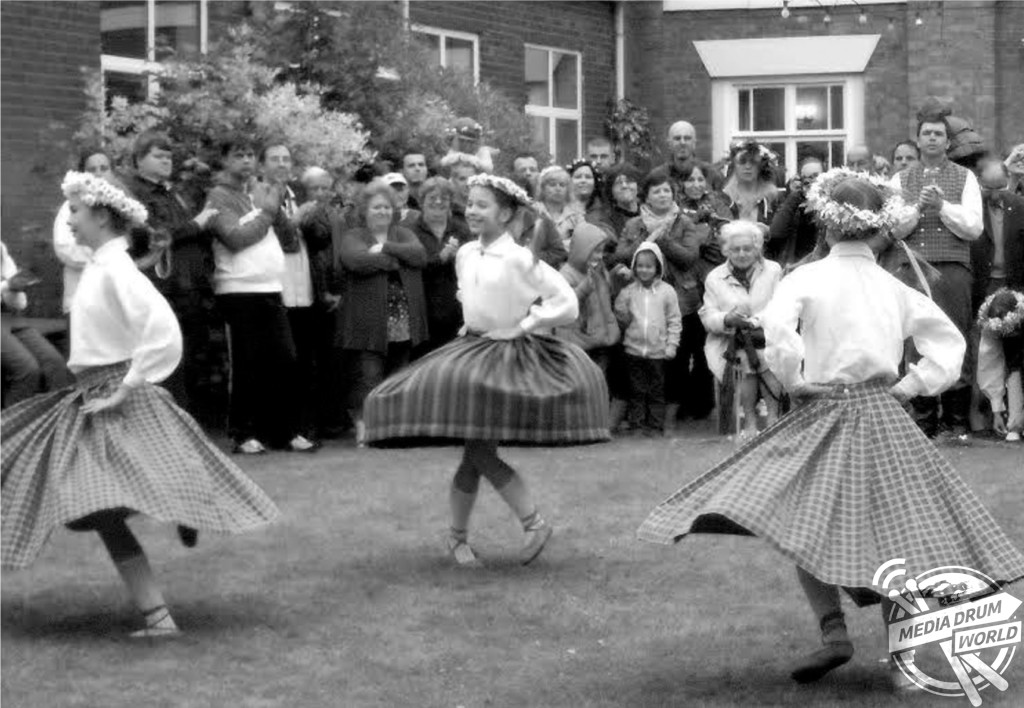
“Yet many British people were completely unaware of the quiet contribution that thousands of Latvians, Lithuanians and Estonians were making to the British economy, working in the brickworks, iron and steel, and in factories, manufacturing clothes for them to wear, in agriculture producing food for them to eat, in hospitals caring for their sick and wounded relatives, and in coalmines, mining coal for their fires and ranges.”
Between 1946 and 1950, 13,000 Latvians, and over 6,000 Lithuanian and 5,000 Estonian Displaced Persons (DPs) came to Britain in this way.
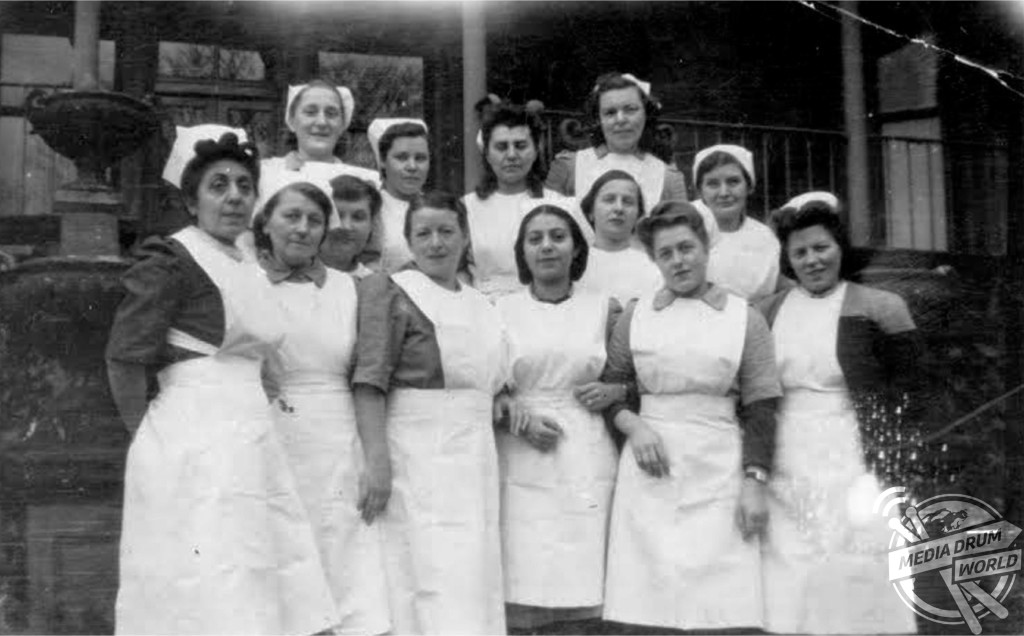
They came as part of two organised ‘European Volunteer Worker’ schemes – ‘Balt Cygnet’ and ‘Westward Ho!’ – to fill critical labour shortages in British industry and help rebuild Britain’s fragile post-war economy.
In total, over 80,000 DPs of Baltic and Eastern European nationalities participated in these schemes and were known collectively as European Volunteer Workers or ‘EVWs’.
They filled important jobs such as nursing in tuberculosis sanatoria and hospitals, and work in textiles, brickworks, coalmines and agriculture were left unfilled by British people unwilling to work in jobs perceived as dirty or unsafe.
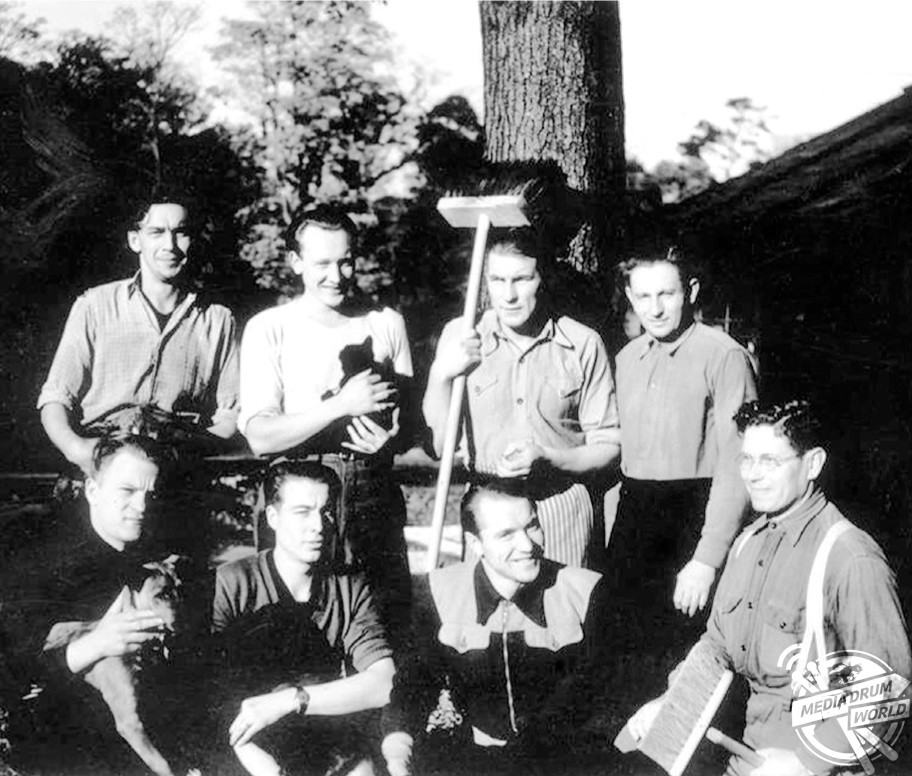
“As a result of the additional labour provided by the European Volunteer Workers, Britain was able to boost production, and by 1950 was significantly less reliant on imports,” explained Dr Gilbert.
“It is important to show from history that refugees and immigrants can have a profoundly positive impact on the British economy and society and thereby provide a counterweight to scaremongering and stereotypes peddled by groups such as UKIP.
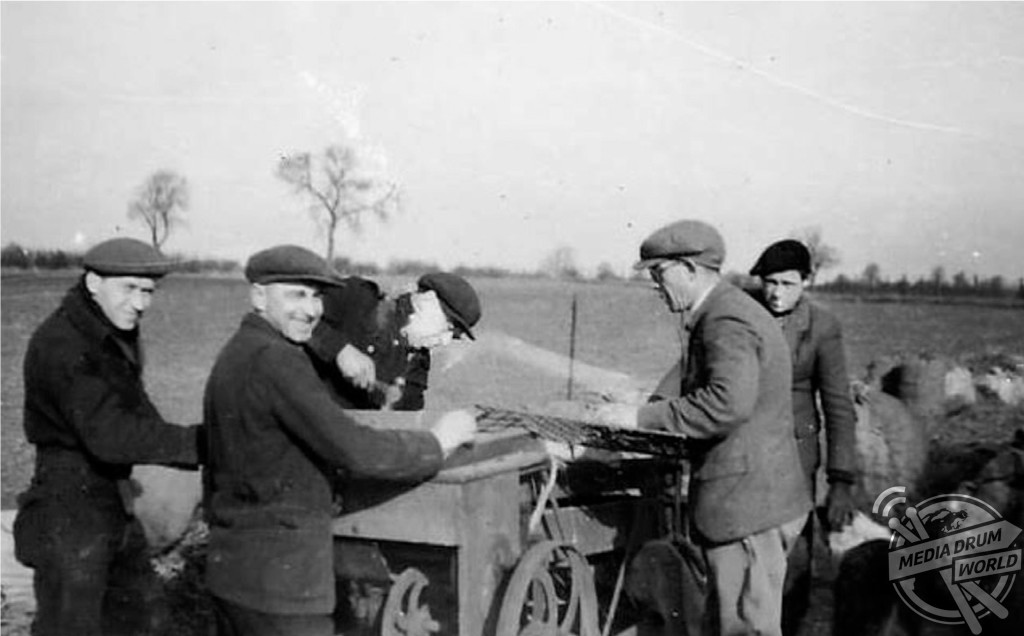
“Other examples of how Latvians, Lithuanians and Estonians have helped Britain in the past also need to be highlighted, for example, in the First World War, 1,500 Lithuanian men who had migrated to Scotland in the preceding years, were recruited into the British forces and made a significant contribution to the British war effort.”
Dr Gilbert believes that post-Brexit the government might look to implement similar schemes to fulfil Britain’s additional manpower requirements.
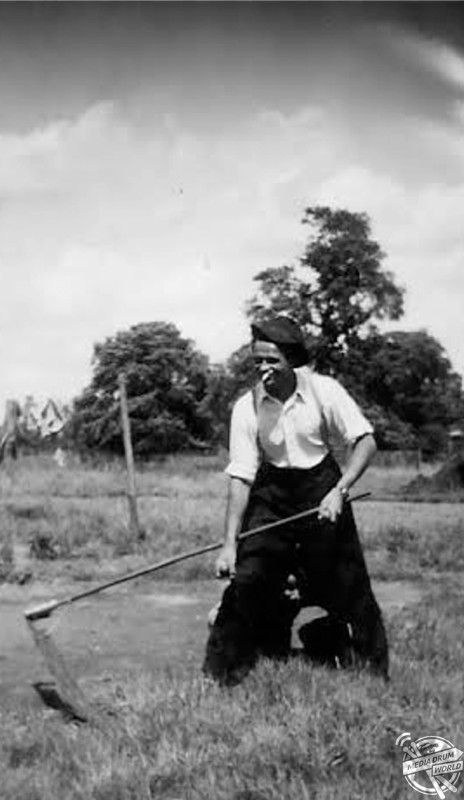
“Even among Brexiteers, there is a consensus that foreign manpower is necessary to plug gaps in the labour market, but that it must be organised and limited,” she added.
“The European Volunteer Worker Schemes were exactly that, a very organised response to a specific set of circumstances that required additional manpower which could not be fulfilled by domestic manpower capacity.
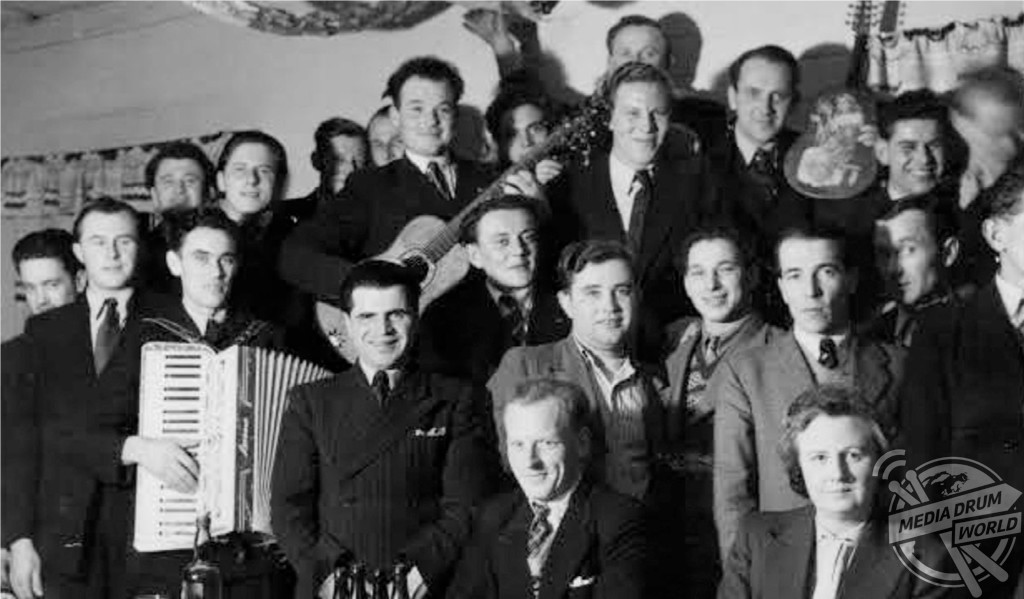
“The extensive planning for the post-war refugees’ integration once in Britain, does contrast sharply with the current somewhat laissez-faire approach to integration, and the reliance on the Big Society, through charities and voluntary organisations to provide services to newcomers.
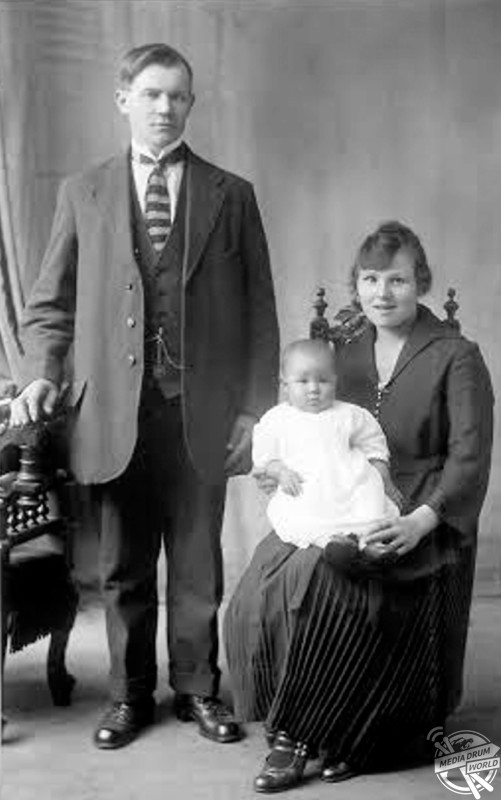
“This has led to a very patchy approach to integration. The government can learn much from earlier schemes such as the European Volunteer Worker schemes, to deliver a more systematic and organised approach to integration and community cohesion.”





